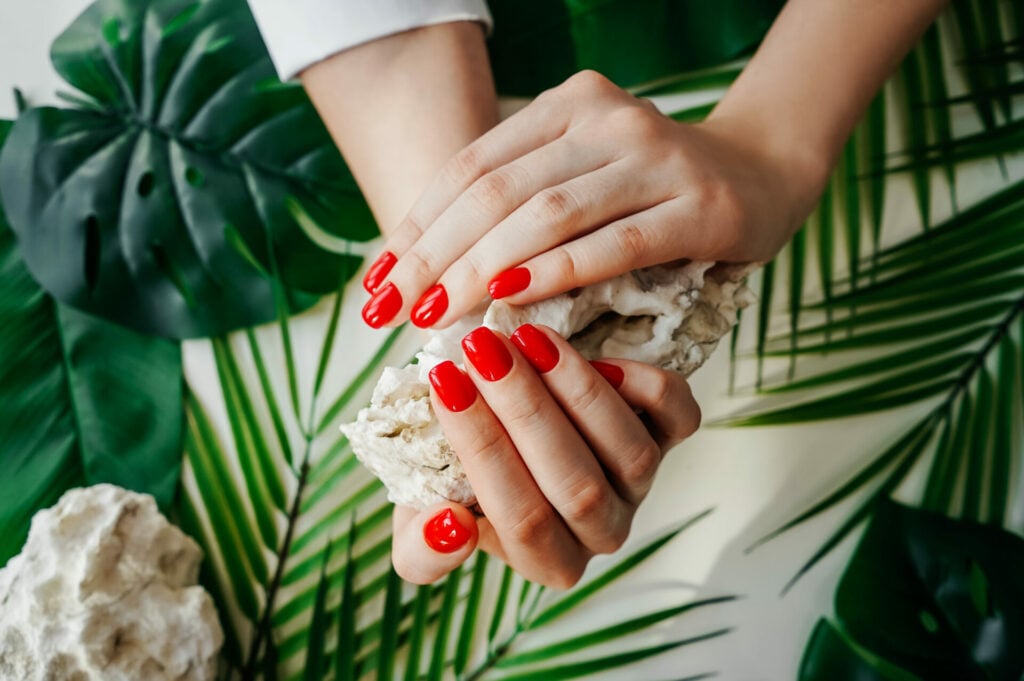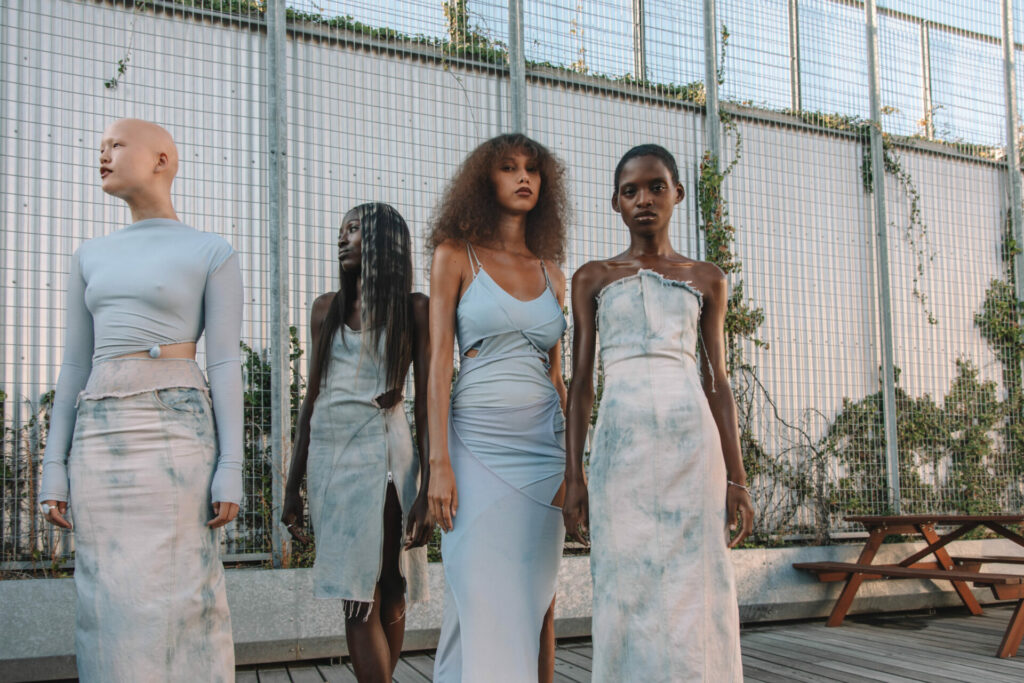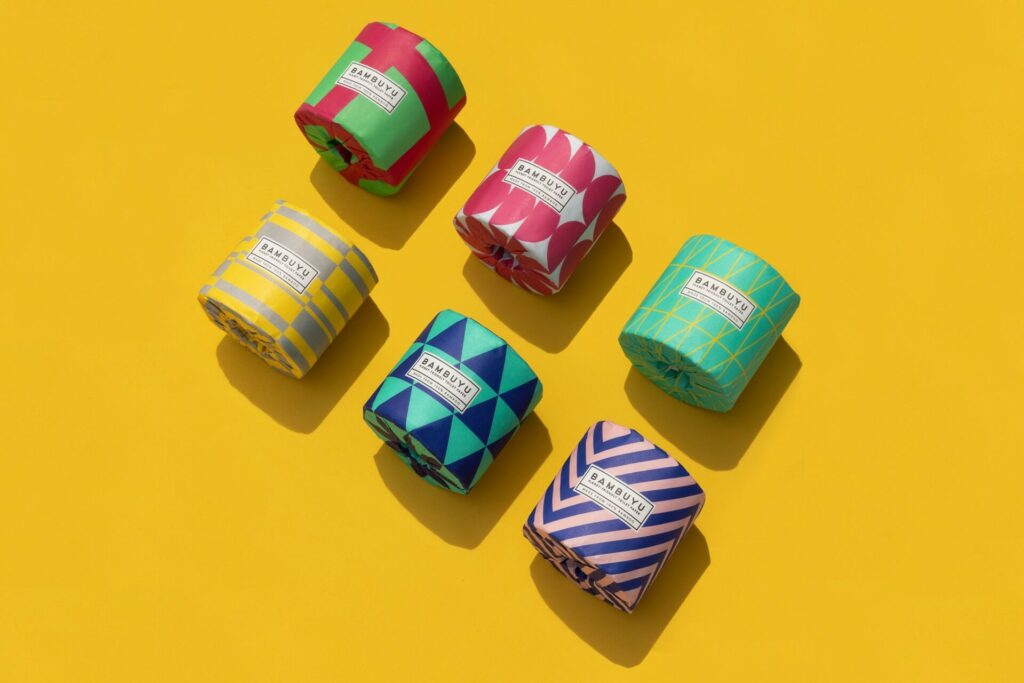The diamond industry and our love of the unique gemstone has existed for centuries. In the first century AD, the Roman naturalist Pliny stated: ‘Diamond is the most valuable, not only of precious stones, but of all things in this world.’
As a natural, non renewable resource, however, diamonds – which form over millions of years – are finite. No natural resource lasts forever, and rare is becoming rarer. There are currently a limited number of commercial diamond mines operating in the world, with the 50 largest accounting for 90 per cent of global supply. Over six billion carats worth of diamonds have been extracted from the Earth since our fascination with the stone began and it is thought there are approximately 1.2 billion carats left in the world.
Scarcity as well as the environmental factors associated with mined diamonds is why lab grown gems are increasingly becoming an important consideration. When diamonds are mined, electricity and hydro carbon are used in large quantities both of which result in carbon emissions. Other environmental issues are soil erosion, deforestation, loss of habitat for wildlife and loss of farmland.
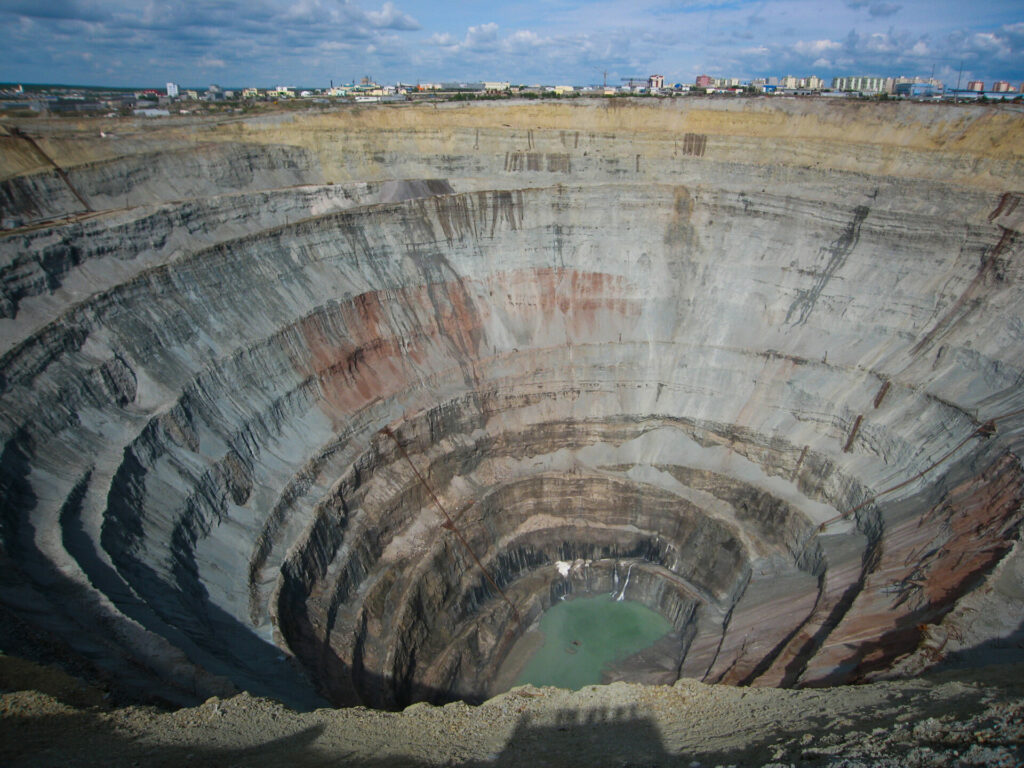
Lab-grown ethical diamonds are evidently better for the environment. Which is good news for the planet and for our purses according to Evermore, a new sustainably created diamond brand, launched in Dubai, London and Bahrain recently under the name Siroya ALTR.
Behind a 1 carat polished earth mined diamond, 800 tons of rock will have been excavated, 126 gallons of water required, and 125 pounds of gas pumped into the environment
Rohan Siroya, CEO Siroya ALTR
Claiming to offer ‘more size, sparkle and shine,’ with diamonds twice as big for a lot less money, The Ethicalist decided to sit down with their CEO Rohan Siroya to find out what the difference really is between mined and lab grown diamonds. Or if there even is one…
The Ethicalist: Why is diamond mining so environmentally and ethically unsound?
I believe that earth mined diamonds have set up the market for the growing demand that we are seeing in lab created diamonds today. That consumer shift was crucial as the time for ethical diamonds is urgent. Early last year, the world’s second largest mine in Australia shut down permanently due to depletion of its reserves. Similarly, other mines are likely to shut in the upcoming years for the same reasons.
These ‘empty’ mines leave gaping holes so big that they can be seen all the way from outer space. That’s because behind a 1 carat polished earth mined diamond, 800 tons of rock will have been excavated, 126 gallons of water required, and 125 pounds of gas pumped into the environment. Ethical diamonds on the other hand involve no mining, and the energy consumption is less than 10 per cent that of mined diamonds. We are now working towards becoming a certified level 3 carbon neutral company as well.
TE: When did you decide that moving to ethical diamonds was the right path?
When the social conversation starts changing at a grass root level, it’s wise to pay attention. A study carried out by Bain 2 years ago highlighted a global shift by younger consumers considering the environment as a key factor in their decision to buy diamonds. Created diamonds truly are the most sustainable way to wear a beautiful diamond, which looks good on you and is good for the planet. To add to this, the size versus value of lab created ethical diamonds is tremendous.

TE: Can you explain the difference between a lab grown diamond and one that’s been mined from the earth?
In a nutshell, a lab-grown diamond is identical to a naturally formed diamond. Lab grown versions are engineered from carbon, mimicking the process of diamond creation that takes place under the earth, making them atomically, physically, and optically identical to natural diamonds. The only difference is that one is formed over thousands of years, another is made in a laboratory.
These are real diamonds and their characteristics are measured for cut, colour, clarity, and carat in the same way as any diamond. With lab grown, women can buy certified ethical diamonds that are larger, and more impressive. And they are genuine. Not to mention the fact that every carat of our stones helps foster a better world with none of the harmful consequences of diamond mining. They are created for you, and the planet.
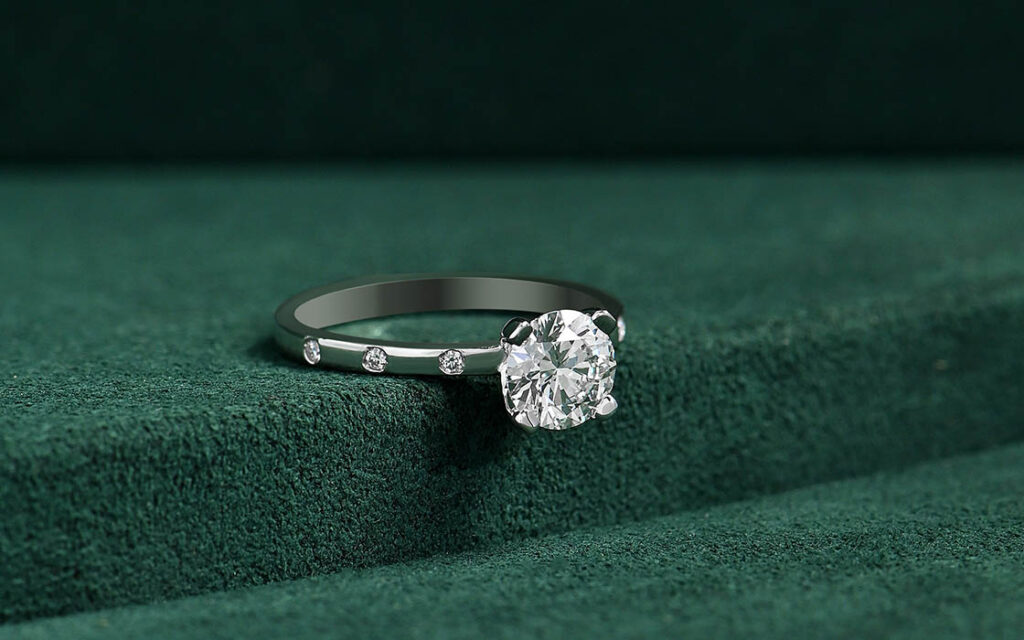
Made to order, these stones also have a pristine purity about them. All Evermore Diamonds are classified type 2, purer than 98 per cent of the world’s diamond supply- like the rarest jewels in the world such as the Kohinoor and the Millennium Star. They are better for the environment, do not exploit human labour and enjoy a low carbon footprint.
TE: There was in the past a little snobbery associated with lab grown diamonds. How difficult has it been to change attitudes?
It took us some time to get to the root cause of the consumer mindset. We spent a long time researching what the gap in consumer demand was. I believe we have found a common thread that links them together – Most women wish they could have bought a bigger diamond! They walked in wanting a certain size and quality, eventually having to compromise in their purchase due to the exponentially increasing cost of earth mined diamonds. We are in the business of taking that compromise away. Now our consumers get the diamond in the size, colour, quality cut they want, set into creative designs that don’t compromise based on budget. That’s real luxury.
TE: As lab grown, ethical diamonds increase in popularity globally, do you think ‘getting more bling for your buck’ will continue to be the case?
I believe the writing is on the wall. We have tested at over 10 retailers now, and consumers are delighted at being given the choice of a bigger, brighter and better diamond in their jewellery box. Both categories will continue to exist in the future, but I believe lab grown diamonds will continue to gain a bigger market share.









